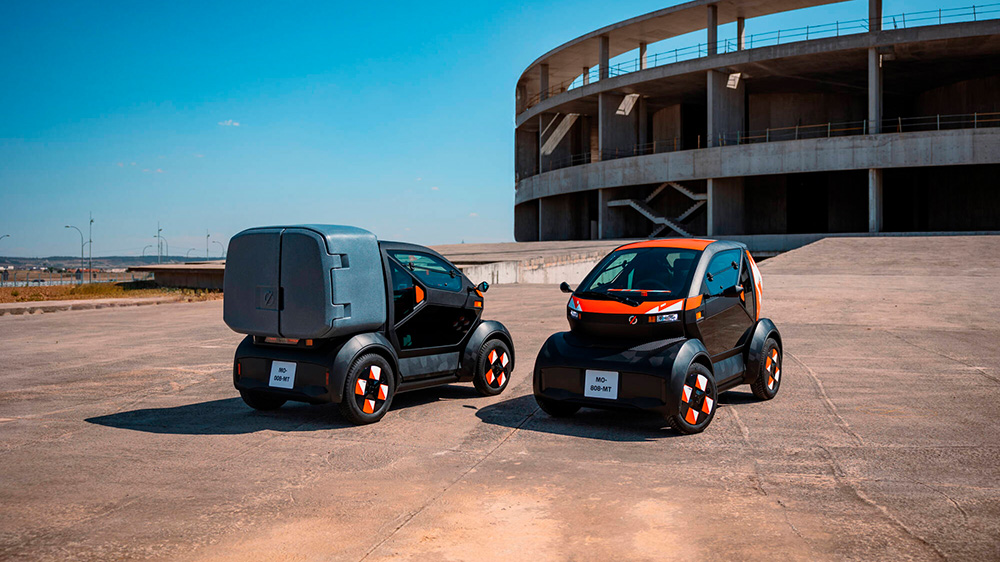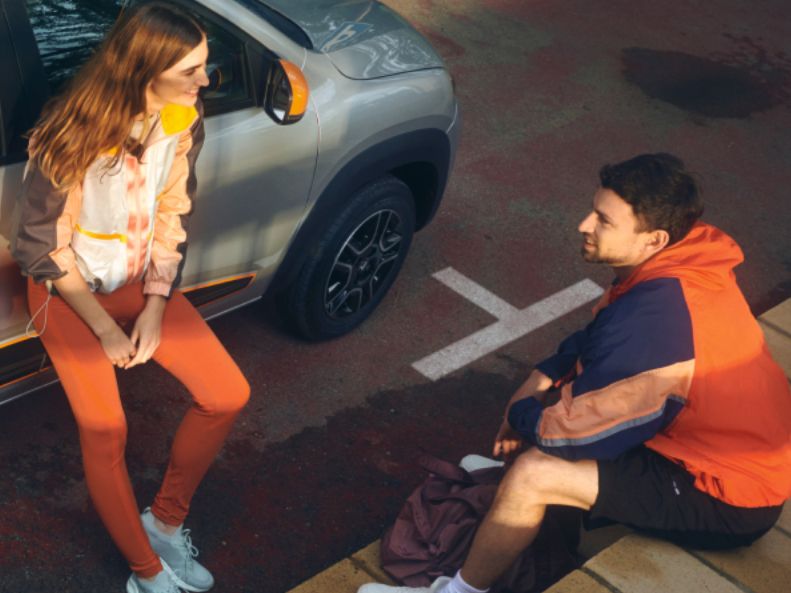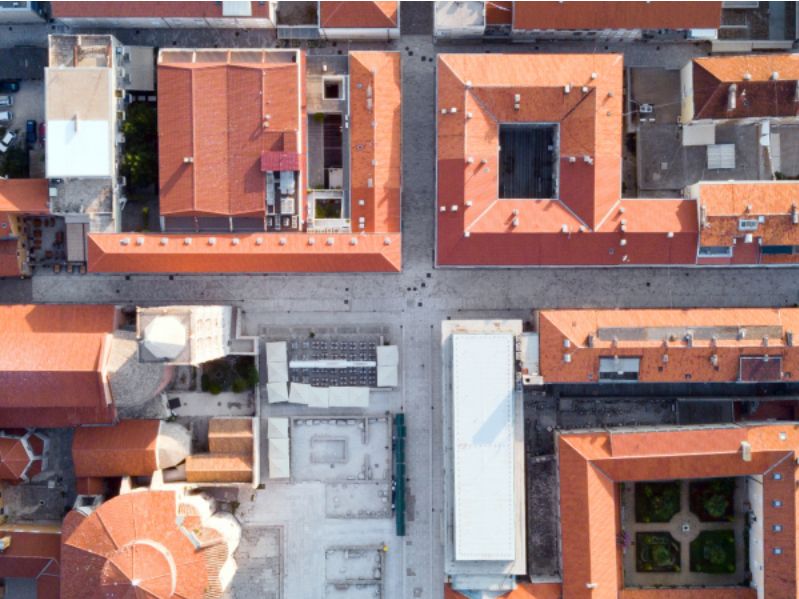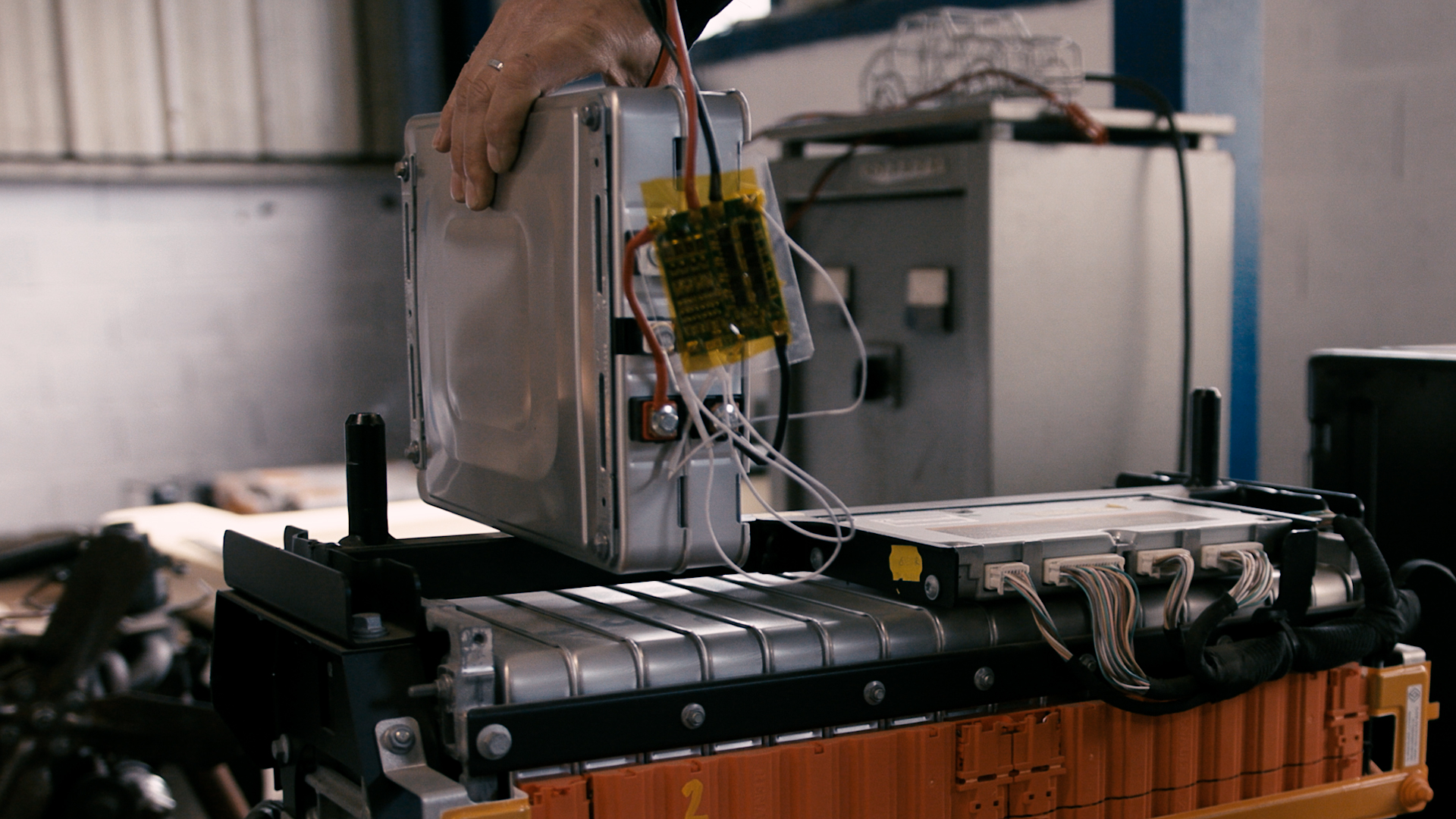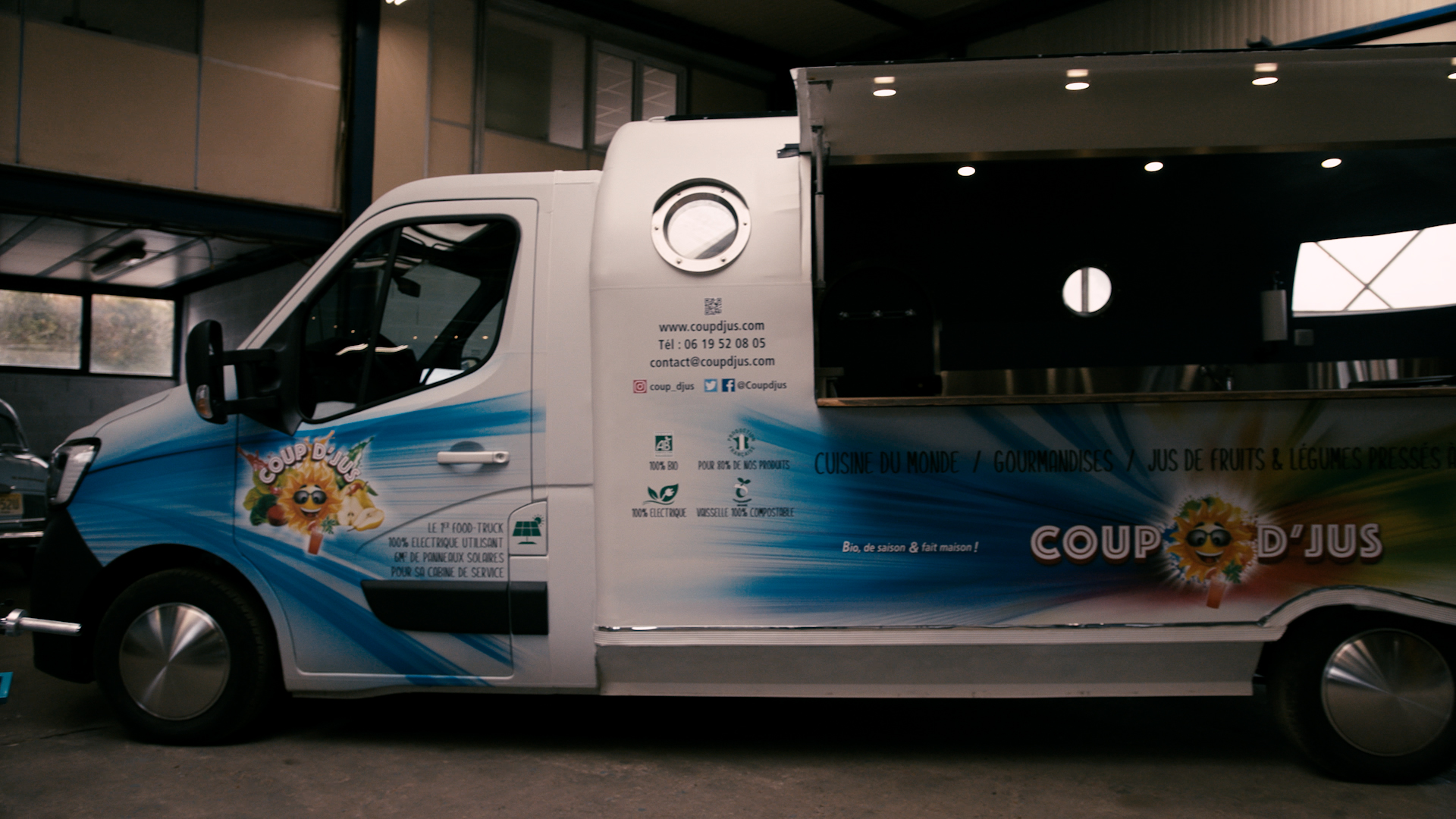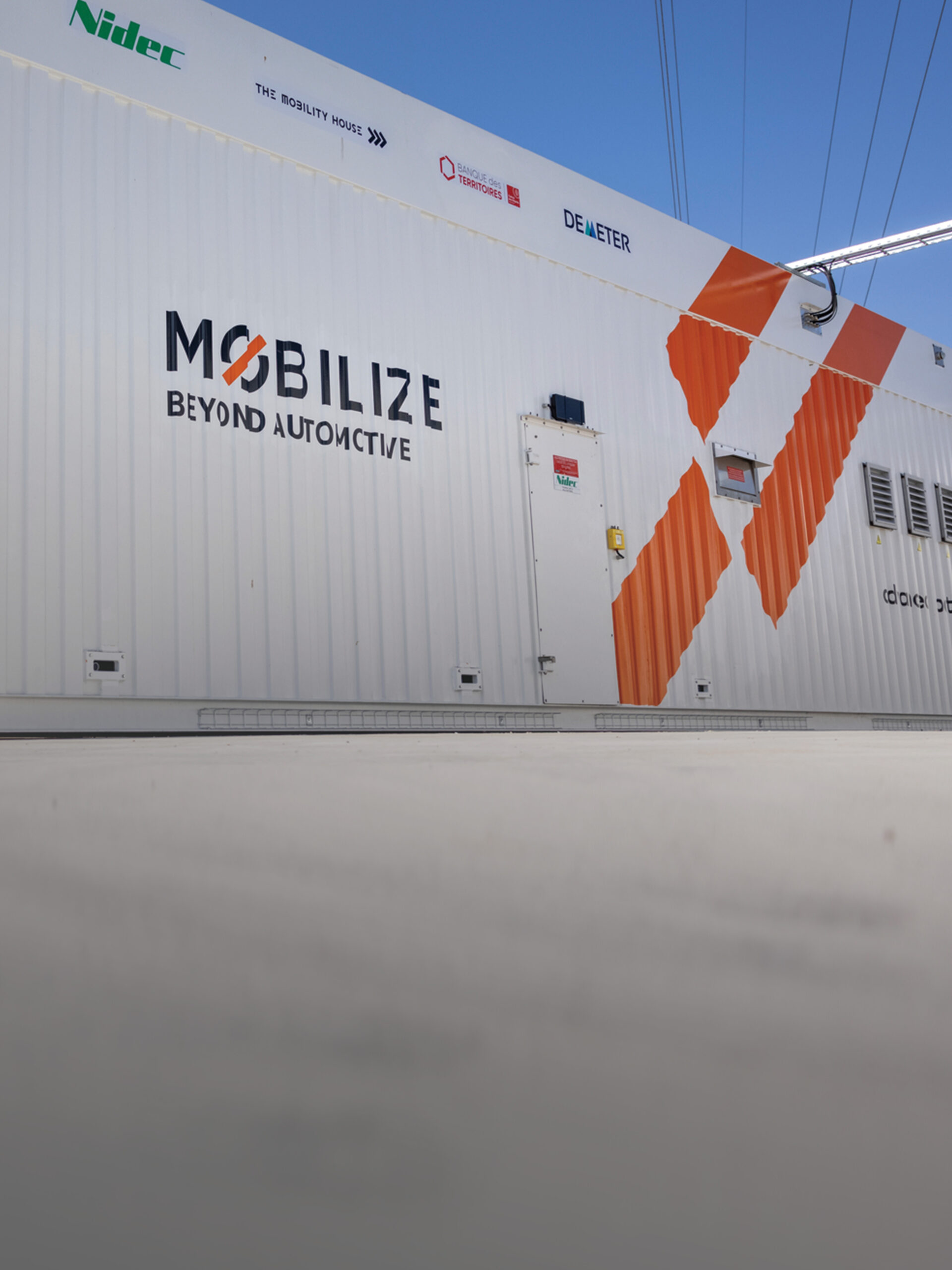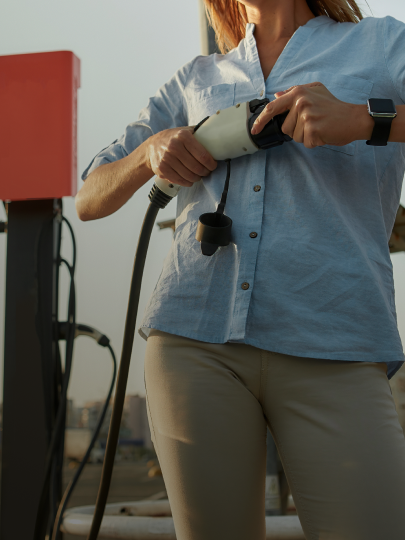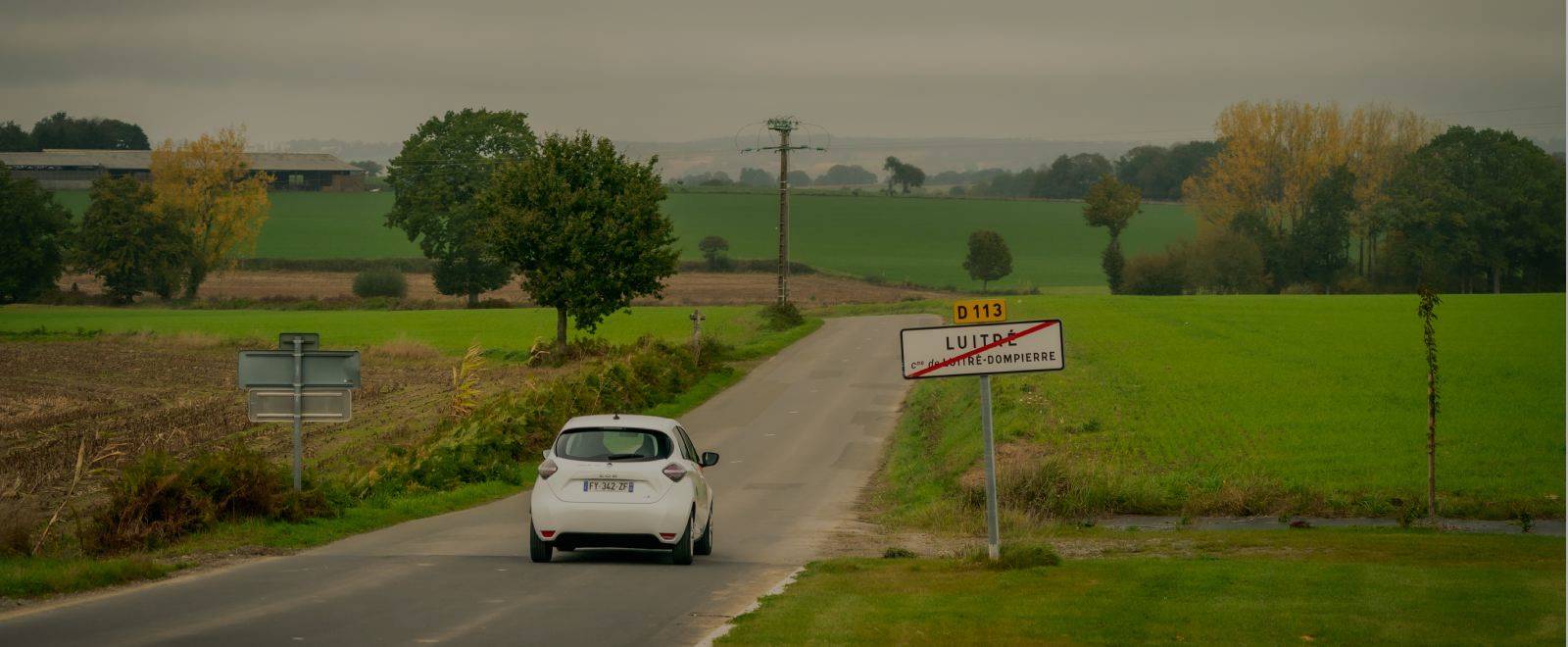“The battery is considered used when it leaves the vehicle at the end of its life. However, this is still more than enough for less energy-intensive applications. This is where I come in, as an integrator specialising in reconditioning.”
To limit the rise in temperature, the automobile industry must reduce its greenhouse gas emissions. How can this be done? By encouraging the switch to electric vehicles while optimising and extending the life of batteries. With Mobilize, the objective is to create sustainable ecosystems that combine electric mobility, intelligent recharging and the reuse of batteries to store renewable energy. To achieve this, Mobilize is combining its expertise with that of other players such as the start-up Green-Vision, based in Etampes, near Paris, which specialises in the integration of second-life batteries into other vehicles. Yann Lelong, its founder, explains how this partnership works and what it brings to life with the ex-batteries of Renault vehicles.
Ten years ago, Renault Group was the first carmaker to bet on the circular economy and the electric vehicle. Today, the results are as good as that bet, with the company now number one in electric vehicles in Europe and a leading position in the circular economy with the Re-Factory in Flins. Acting on the entire life cycle of the battery means accelerating the deployment of more efficient, low-carbon batteries, but there is still a significant step to be taken before they are recycled: their reuse or reconditioning.

To each his own!
Aware of the potential that a battery can offer and the environmental virtue of its reconditioning, Yann Lelong, an engineer by training, with a passion for cars, mechanics and electronics, has specialised in electrification and the circular economy. Through his start-up Green-Vision, he gives a second life to the batteries of electric vehicles for customers looking for solutions compatible with their uses… and their values.
The partnership with Mobilize allows him to reuse used batteries from Renault electric vehicles, which – after nearly 10 years of good and loyal service – are then put to a new use. They can no longer be used to power a vehicle but can be put to many other uses. And this is where their new life begins… because they still have enough capacity for a reconversion of choice!
Aware of the potential that a battery can offer and the environmental virtue of its reconditioning, Yann Lelong, an engineer by training, with a passion for cars, mechanics and electronics, has specialised in electrification and the circular economy. Through his start-up Green-Vision, he gives a second life to the batteries of electric vehicles for customers looking for solutions compatible with their uses… and their values.
The partnership with Mobilize allows him to reuse used batteries from Renault electric vehicles, which – after nearly 10 years of good and loyal service – are then put to a new use. They can no longer be used to power a vehicle but can be put to many other uses. And this is where their new life begins… because they still have enough capacity for a reconversion of choice!
“As integrators we disassemble the components of these original batteries to reassemble new packs. A bit like LEGO that we reassemble with a new weight and voltage, according to our customers’ needs. This is the magic of second life.”
From pizza delivery scooters to food trucks
These new lives are varied. For example, the batteries can be used to power two-wheelers: electrically-assisted bicycles, pizza delivery scooters or this record-breaking motorbike. Anything is possible, including performance, with second life batteries!
Another example is this foodtruck based on a Master Z.E., a zero-emission mobile catering unit, both on the engine side and the kitchen side. The large amount of electrical power needed for the waffle makers, salad bowls, toasters and deep fryers is provided by second life batteries and solar panels. No more need to plug into an electrical outlet or a noisy, smelly generator to provide non-stop service.
Second life batteries can also be useful for transporting pharmaceutical products, such as vaccines, for which the storage temperature must be absolutely stable and controlled. When the driver stops the vehicle engine for a delivery, the cold production is cut off. Here, the second life batteries continue to provide the energy needed to ensure that the cold chain is not affected, even if the engine is switched off.
So an extra slice of life before recycling is not insignificant!
” We still have many ideas for applications with these second-life batteries that we are developing. “
